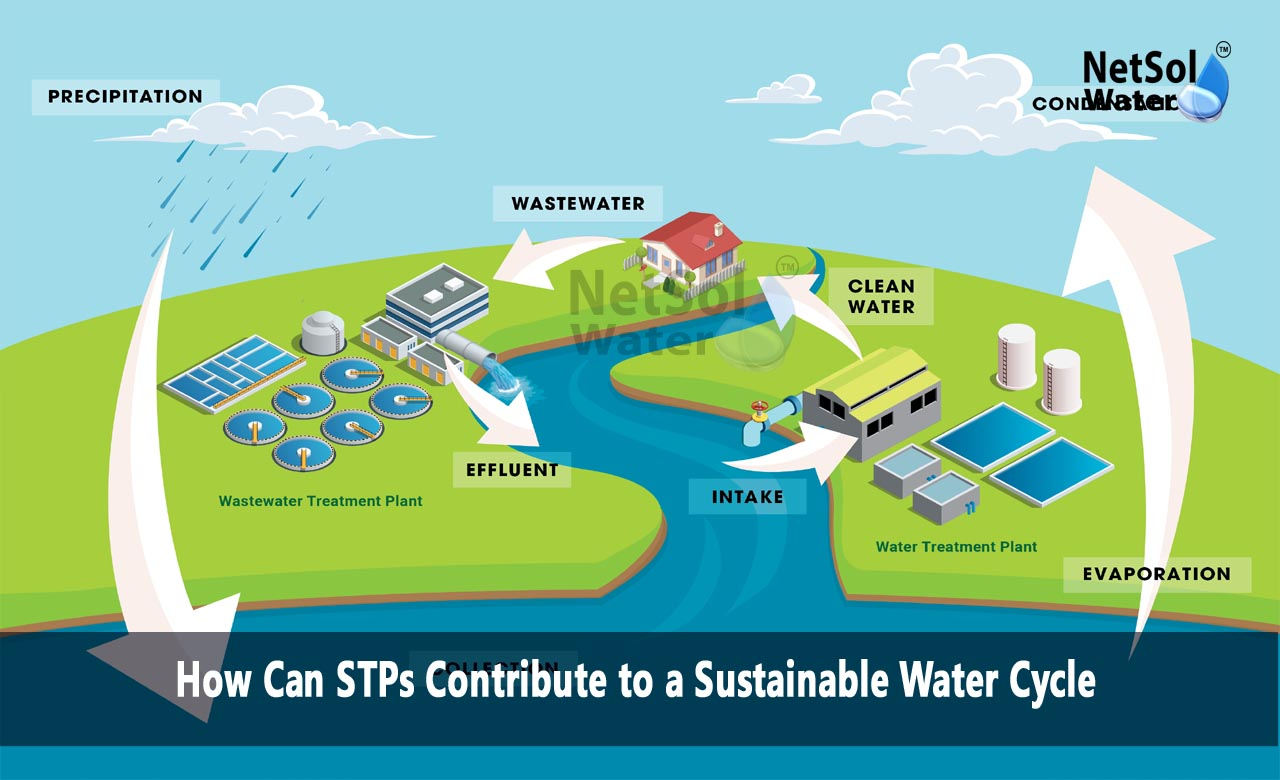How Can STPs Contribute to a Sustainable Water Cycle?
Water shapes life on our planet. It works in every part of our lives. People need fresh water to cook food, to care for plants. Each drop counts when seasons turn dry. Sewage treatment plants help to close the water loop. They push used water through a clean process. They clear harmful bits from water. They return water in a fresh form. Netsol Water stands as a leading sewage treatment plant manufacturer and has supplied many systems that serve towns, farms and factories. Netsol Water brings clean water back in a simple way. The firm meets the need for safe water with strong skill. People face a growing need to keep water in use. Climate changes bring long dry spells. Farmers need more water to grow crops. Cities must handle more people. Industries work with more demand. Each site needs water that is safe to use. They help to tame the strain on rivers and lakes. They build a path that lets us use water again and again. Netsol Water has led this path of sustainable water cycle for many years. The company has made plants that use less space, less power and less chemicals.
Efficient Water Recovery
Water recovery stands at the heart of a green cycle. It lets us use less fresh resource each time. STPs take in grey water and place it on a clean track. Let us have a look at some key steps that make water recovery work well.
Primary Treatment
In this stage the plant removes large solids from the flow. The water moves into a screen chamber. The screen holds back debris and leaves a clear stream behind.
Secondary Treatment
Next the water enters a bed of microbes. The tiny life forms eat organic bits in water. They break down oils and slimes that might harm the next step.
Tertiary Treatment
Here the water sees a fine filter and a disinfection pass. The filter traps tiny bits that still float. A UV lamp then clears germs without harm.
Pollution Control
Controlling pollution plays a huge role in a green water loop. Untreated water can harm rivers land and sea life. STPs cut the load of waste in water. Let us have a look at some ways that STPs limit pollution at the source.
Removal of Solids
STPs start by catching solids in tanks. These solids sink to the tank floor. The plant then sends them to a bio digester.
Nutrient Removal
Many plants use a set of tanks for nutrient control. They alter the flow to let microbes soak up nitrogen and phosphorus. The result is water that will not harm plants or fish.
Disinfection
A final pass with UV or ozone kills pathogens. The step uses no harsh chemicals. It leaves water that is safe to return to a river.
Resource Conservation
Saving resources helps make a water cycle that can last. STPs can cut the use of power and of raw chemicals. Let us have a look at some ways that STPs conserve what we have.
Energy Savings
Many plants now use solar panels on site. They feed power into the plant. They let the site cut its power bill.
By-product Use
Sludge from the plant can turn to mulch or to biogas. A bio digester can burn gas to drive a turbine. A dryer can make a safe soil mix for farms.
Environmental Protection
A clean water cycle must keep nature in balance. They keep river beds and wetlands safe. Let us have a look at some ways that STPs guard the environment.
Habitat Health
Clean water makes fish spawn and makes birds flourish. A plant that works well will stream out water that is pure.
Soil Quality
Some STP by-products feed a safe soil blend. A farm can use this blend to grow food in a healthy field.
Conclusion
STPs can build a sustainable water cycle with clear water recovery, pollution control, resource savings and nature care. Netsol Water serves as a leading manufacturer of these systems. The company helps communities, farms and industries to use water well. If you wish to learn more or to request a consultation please get in touch with Netsol Water today.
Contact Netsol Water at:
Phone: +91-9650608473, Email: enquiry@netsolwater.com



